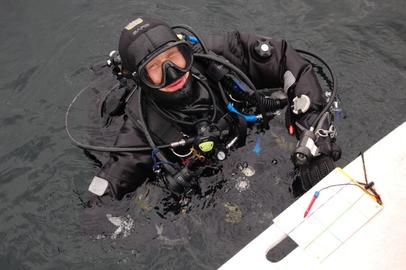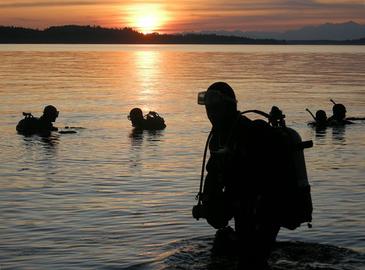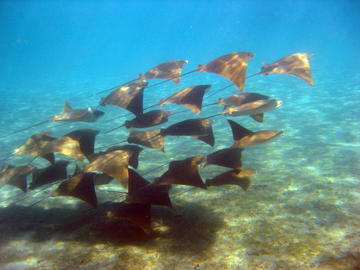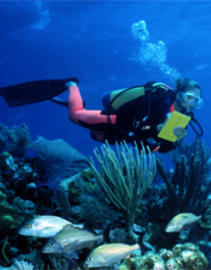REEF members are at the heart of our grassroots marine conservation programs. Over 43,000 divers, snorkelers, students, and armchair naturalists stand behind our mission.
This month we highlight Georgia Arrow (REEF member since 2002). Georgia lives in Portland, Oregon, has conducted 686 REEF surveys in four different regions, and is a Level 5 Expert surveyor in the Pacific. She has the most surveys of anyone in the west coast Pacific region. Here's what Georgia had to say about REEF:
When and how did you first volunteer with REEF?




